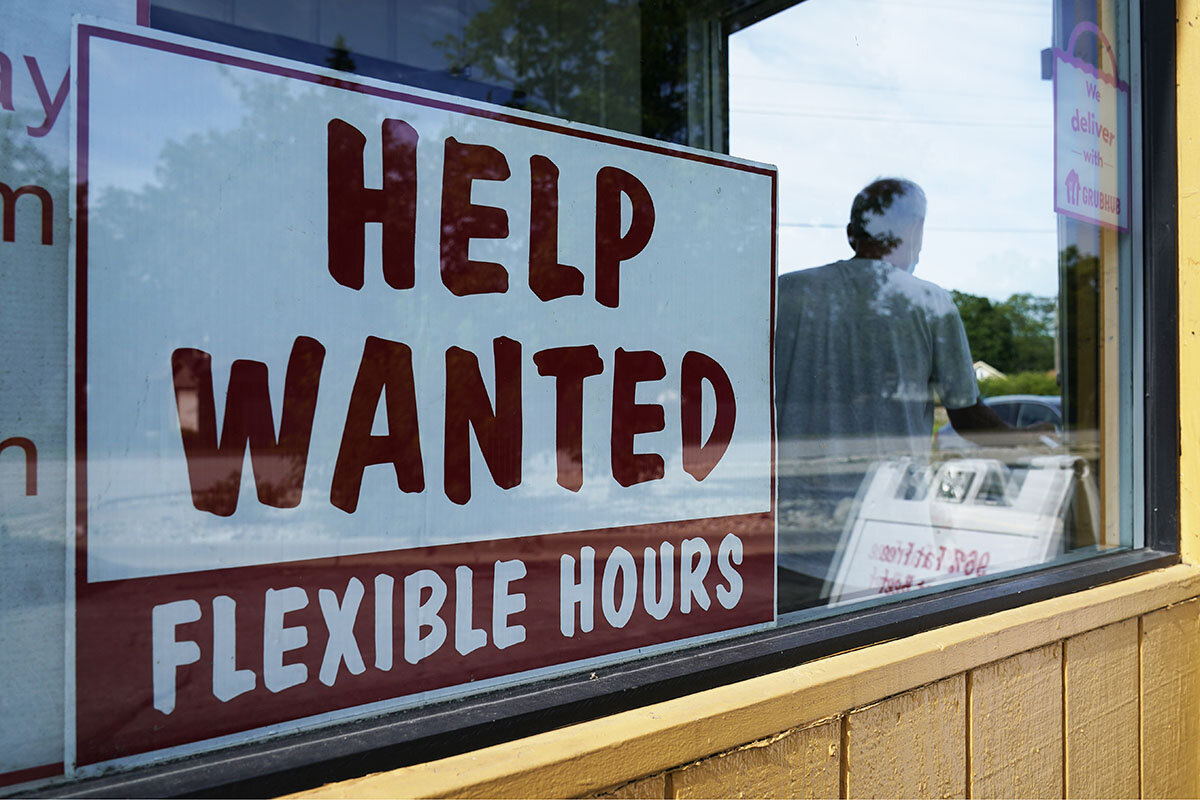Rural labor shortage may bury a New York tradition

 Laurent Belsie
Laurent Belsie
Grandma Brown’s baked beans have been a family tradition since I married my sweetheart in western New York. Substantial regional fare, not syrupy like the national brands, the beans were always on the to-buy list whenever we returned to New York State. But after the pandemic, Grandma Brown’s shut down, and the iconic yellow, red, and brown cans disappeared from store shelves. So on the way home from dropping my daughter Grace off at college in Rochester in August, we swung by Grandma Brown’s headquarters in Mexico, New York, to see what’s what.
The long, low, yellow plant was deserted, completely locked up with not even a security guard in sight. Next door at an auto parts store, a man at the counter said the owner wanted to reopen but she couldn’t find staff. “No one wants to work,” he explained.
That’s true, as far as it goes. Job openings, though still high, have fallen by some 1 million since their all-time records in the spring. But rural America is facing a worse job shortage than urban America. That is why food and other manufacturers have scrambled to raise wages to attract rural workers. “We have just seen a skyrocketing of pay rates,” says Greg Sulentic, a regional developer with Express Employment Professionals, who recruits workers for companies in Nebraska, Kansas, and Missouri.
While an entry-level worker at a rural manufacturer or distribution center might have started at $12 an hour before the pandemic, starting pay now ranges from $18 to $20 an hour, he says, which is very nearly on par with starting pay in Lincoln or Omaha, Nebraska. In these urban areas, the job shortage has begun to ease. In rural areas, the shortage is, if anything, greater than it was a year ago, he adds.
It’s not clear whether pay raises would solve the problems at Grandma Brown’s. (The company hasn’t yet returned my phone call.) What is clear is that if something doesn’t change soon, Grandma Brown’s beans won’t be available anywhere, except eBay, where the 80-year-old brand can still be found selling from $5 to $175 a can.




